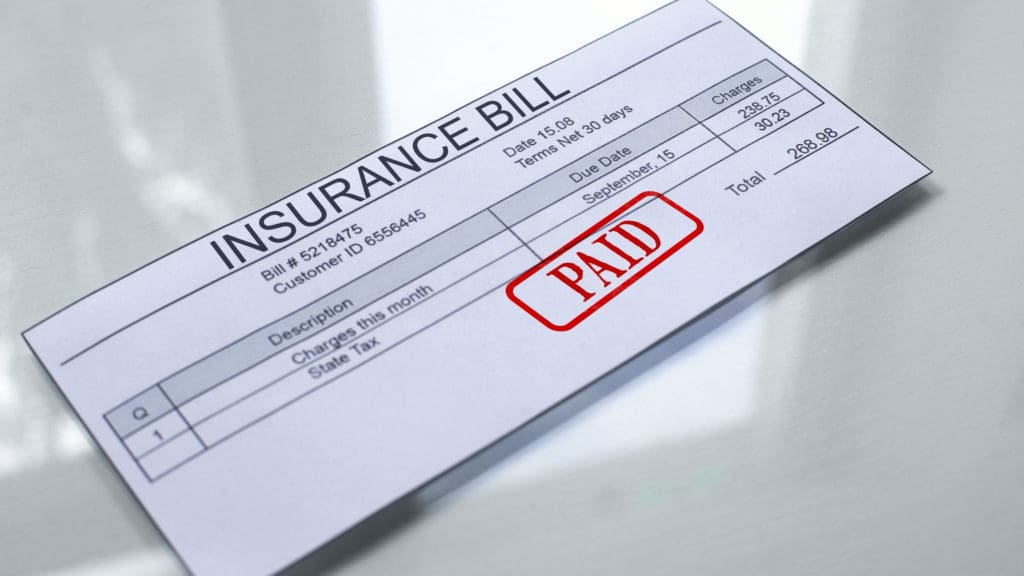Differences Between SSI and SSDI & How To Start Receiving Benefits
If you have heard of SSI you might have heard of SSDI, and vice versa. SSI stands for Supplemental Security Income. On the other hand, SSDI means Social Security Disability Insurance. These two are the most common programs run by the Social Security Administration (SSA). SSI and SSDI are similar, however, both are very different. What are the differences between SSI and SSDI? At this point you might be wondering: How do these programs work individually? Let’s start first with SSI.
The Differences Between SSI and SSDI: What is Supplemental Security Income (SSI)?
Supplemental Security Income (SSI) assists people of all ages who are disabled with a basic standard fund. People receiving SSI will have very limited income and resources. SSI eligibility has nothing to do with work history but mainly based on financial need. This raises one of the main differences between SSI and SSDI. We will cover “how”, later in this blog. Federal SSI benefits are often supplemented by state programs. In other words, SSI is funded by general fund taxes and not from the Social Security Trust Fund. To receive SSI you have to apply for benefits and meet the eligibility requirements.
People who apply for Supplemental Security Income are unable to work because of their disability. This can include people who are 65 or older, someone who is partially or totally blind or someone who can’t work due to their medical conditions.
According to the SSA, to be eligible for SSI you must have less than $2,000 in assets as a single person and $3,000 total for a couple. You must also prove you have very limited income. Eligible candidates may receive Medicaid in the state they reside in. Many people who qualify for SSI may also be eligible for food stamps. Food stamps are provided by the Supplemental Nutrition Assistance Program (SNAP), which is a federal nutrition program that can help people with a low income stretch their food budget.
The amount that SSI beneficiaries obtain is dependent on where they live and the sum of money they receive from the government. SSI may seem similar to Social Security Disability Insurance. However, let’s cover other main differences between SSI and SSDI, by explaining what SSDI is.
What is Social Security Disability Insurance (SSDI)?
Social Security Disability Insurance (SSDI) is available to those who are disabled and unable to work. Social Security Disability Insurance is funded through payroll taxes. If you are working or have worked, you’ve probably noticed taxes taken out of your paycheck. One category of taxes is social security tax. Taking out social security taxes makes SSDI possible in the case that someone can no longer work. Eligible SSDI applicants are considered “insured” because they have contributed to the Social Security trust fund for a certain number of years. This is why work history is one of the biggest factors on approval rates for SSDI.
One of the factors that the Social Security Administration (SSA) looks at — when determining SSDI — is age. Applicants must be younger than 65, otherwise they would be entiteld to retirement benefits. Contrary to popular belief, you can apply for SSDI benefits as a minor. Another requirement is that the candidate must have work history (in case of adults & minors that work). This means they have earned and worked for a certain number of years. After receiving SSDI for years, a disabled person may become eligible for Medicare. Qualified candidates may also include their family under SSDI. Their spouse and children can receive partial dependent benefits, which are called auxiliary benefits. For more on specific requirements to be approved for SSDI, click here.
Summary of the Differences Between SSI and SSDI
There are many similarities between SSI and SSDI, however each has its own unique set of requirements and purposes. Furthermore, application approval rates for SSDI are higher on average, than they are for SSI. This is because disabled people approved for SSDI have already funded an “insured” program. Which brings us to the first main difference between SSI and SSDI. SSDI is an “insured” program, but SSI is not covered by insurance. Remember that SSDI is funded after social security taxes are taken out of worker’s paychecks and SSI is funded by general fund taxes. Another big difference between SSI and SSDI is work history or lack thereof.
Work history for applicants is closely looked at because Social Security Disability Insurance is funded by workers who pay social security taxes. If a disabled person had no work history or very little time in the workforce, they may not qualify for SSDI. However, they may be able to apply for SSI. We recommend you consider everything if you are wondering, “which one should I apply for: SSI or SSDI”?
There are many other factors when talking about the difference between SSI and SSDI. Therefore, if you are considering to apply for SSI or SSDI, make sure you know which one is best for you. Fist, ask yourself, “are you planning to be out of work because of your disability”? You may want to consider applying for SSI or SSDI if you are disabled and unable to work. Moreover, if you have worked a few years and paid taxes to the Social Security Trust Fund, you might be eligible for SSDI. Application approval rates for Social Security Disability Insurance is higher than Supplemental Security Income. Therefore, if you’re eligible, apply for SSDI. However, if you haven’t had a work past, you may want to consider applying for SSI. Even though approval rates for SSDI are generally higher than SSI, it doesn’t mean your case will be approved. Being approved isn’t guaranteed but hiring a lawyer may increase your chances.
Is it Worth Hiring An Attorney In The Case of SSI & SSDI?
While you don’t always need an attorney to represent you during the application process, hiring one can improve your chances of a successful claim. Well, why is that? Statistically the Social Security Administration (SSA) is more likely to approve an applicant who is represented by an attorney. The reason approval rates go up when hiring an attorney happens for many reasons. Within the application process for both SSI and SSDI there are forms to fill out. An applicant must make sure they fill out the correct information. Filling out a form sounds easy. However, missing information or incorrect facts can delay the decision or negatively affect the claim. A candidate must be qualified as “disabled” by SSA’s standards.
Many applicants have been denied, not because they are able to work but because they weren’t able to prove their case. Furthermore, if the claim gets denied then you would have to appeal the decision. Talk with a lawyer if you are thinking about applying for SSI or SSDI. Even if you are unsure. You’ll have an idea of how a legal team would help you through the application procedure.
Unsure About Your Next Steps? Talk To an Attorney
The best way to know for sure is to talk to a legal team. At Malloy Law Offices, LLC consultations are free. The sooner you take your first step, the better for you Social Security Disability case. Receiving an answer on your application for SSI and SSDI takes time. More specifically, SSDI may take 5-6 months to obtain a result (subject to change due to COVID-19).
We covered the differences between SSI and SSDI but the most important advice we can give is speaking to a Social Security Disability lawyer. They will be able to talk you through your concerns and answer any questions that you may have.




